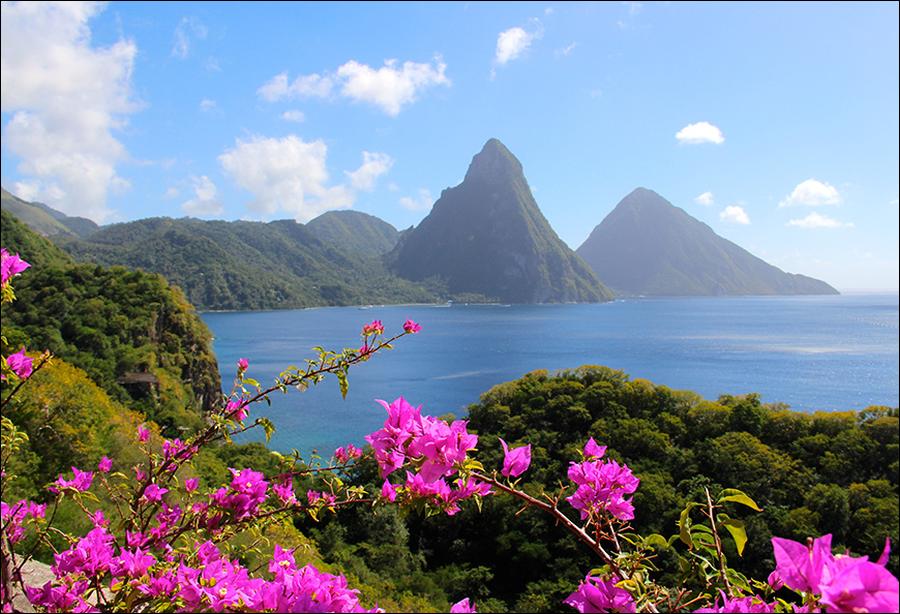The enchanting island of Martinique boasts fascinating French history and breathtaking Caribbean beauty. Explore this unique island with naturalists and local experts.
As an overseas département of France, Martinique’s culture blends French and Caribbean influences. The city of Saint-Pierre (destroyed by a volcanic eruption of Mount Pelée), was often referred to as the “Paris of the Lesser Antilles”. Following traditional French custom, many businesses close at midday to allow a lengthy lunch, then reopen later in the afternoon.
Today, Martinique has a higher standard of living than most other Caribbean countries. French products are easily available, from Chanel fashions to Limoges porcelain. Studying in the métropole (mainland France, especially Paris) is common for young adults. Martinique has been a vacation hotspot for many years, attracting both upper-class French and more budget-conscious travelers.
Cuisine
Martinique has a hybrid cuisine, mixing elements of African, French, Carib Amerindian and Indian subcontinental traditions. One of its most famous dishes is the Colombo (compare Tamil word kuzhambu for gravy or broth), a unique curry of chicken (curry chicken), meat or fish with vegetables, spiced with a distinctive masala of Tamil origins, sparked with tamarind, and often containing wine, coconut milk, cassava and rum. A strong tradition of Martiniquan desserts and cakes incorporate pineapple, rum, and a wide range of local ingredients.
Music
Martinique has a large popular music industry, which gained in international renown after the success of zouk music in the later 20th century. Zouk’s popularity was particularly intense in France, where the genre became an important symbol of identity for Martinique and Guadeloupe. Zouk’s origins are in the folk music of Martinique and Guadeloupe, especially Martinican chouval bwa, and Guadeloupan gwo ka. There’s also notable influence of the pan-Caribbean calypso tradition and Haitian kompa.
Languages
The official language is French, which is spoken by virtually the entire population. In addition, most residents can also speak Martiniquan Creole, a form of Antillean Creole closely related to the varieties spoken in neighboring English-speaking islands of Saint Lucia and Dominica. Martiniquan Creole is based on French, Carib and African languages with elements of English, Spanish, and Portuguese. It continues to be used in oral storytelling traditions and other forms of speech and to a lesser extent in writing.
There was a time when the use of Creole was forbidden in schools and even within families. French was the only language accepted. Considered as little distinguished, even insulting, many martiniquan grew up not speaking Creole.
Nowadays, use of Creole is predominant among friends and close family. Though it is normally not used in professional situations, members of the media and politicians have begun to use it more frequently as a way to redeem national identity and prevent cultural assimilation by mainland France. Indeed, unlike other varieties of French creole such as Mauritian Creole, Martinican Creole is not readily understood by speakers of Standard French due to significant differences in grammar, syntax, vocabulary and pronunciation, though over the years it has progressively adapted features of Standard French.



